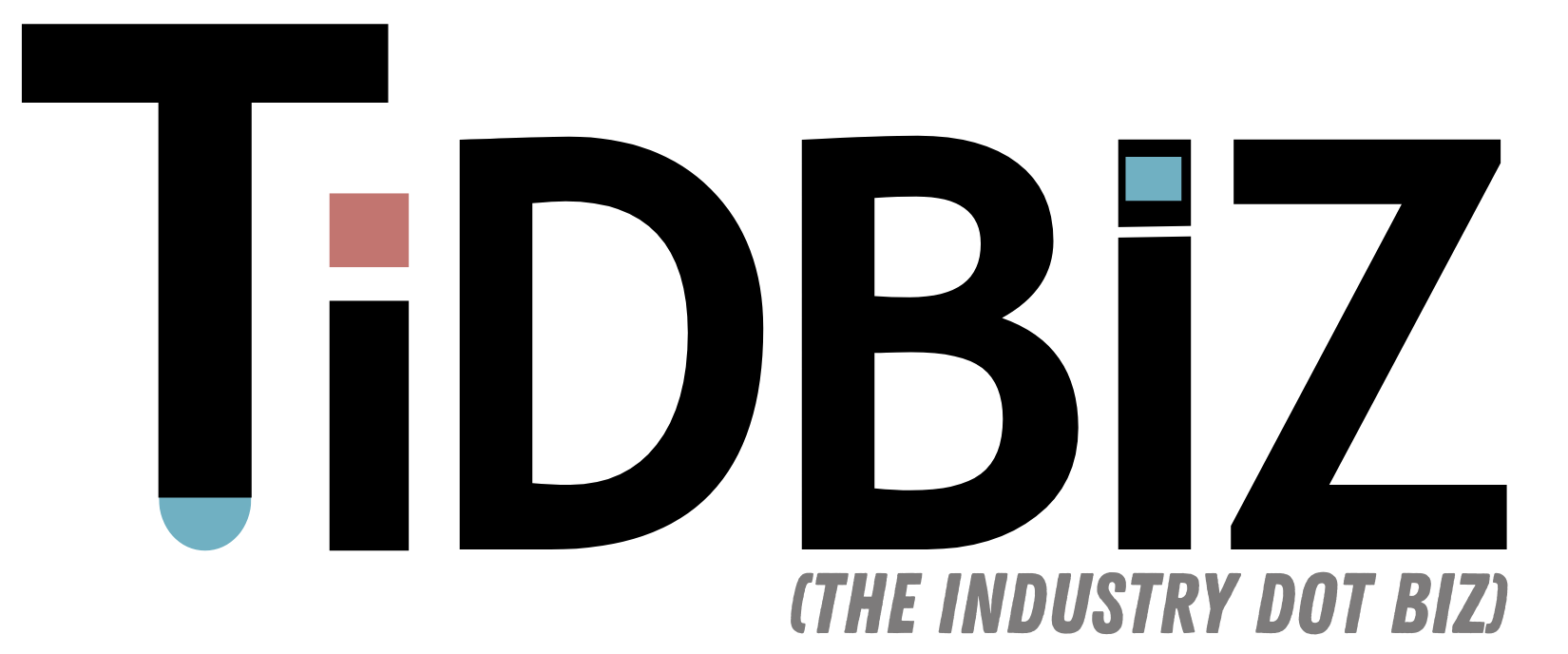Recent observations by oncologists have highlighted a worrying trend: a significant increase in cancer incidences among the younger population.

Notably, a health editor from Business Insider, Mia de Graaf, shared her personal ordeal of being diagnosed with Stage 3 rectal cancer at just 35.
This disease, typically associated with older age groups, is now impacting younger individuals at alarming rates.
Shift in Cancer Risk
Between the ages of 15 and 39, the risk of being diagnosed with cancer has surged by 40% since 1975.
This rise is especially prevalent in countries with Western lifestyles, such as the US, Canada, the UK, and Australia, where changes in diet and lifestyle seem to be influencing factors.
Types of Cancers Increasing
Fourteen types of cancers, including breast, colorectal, and liver cancers, have seen particularly sharp increases among young people.
Many of these cancers, such as eight of the fourteen mentioned, are related to the digestive tract, suggesting a potential link to dietary habits.
Lifestyle Factors at Play
The typical Western diet—rich in red meat, sugar, and ultra-processed foods, combined with a sedentary lifestyle and poor sleep habits—could be contributing to the rise in cancer cases.
Even young individuals who lead seemingly healthy lives, including marathon runners and fitness enthusiasts, are not immune.
Environmental and Biological Influences
Other factors potentially contributing to the increased cancer risk include environmental toxins like microplastics and pollution.
Furthermore, some studies suggest that being taller or being born via C-section could marginally increase cancer risk.
The Challenge of Reversing the Trend
Despite the increase in young cancer patients, advancements in screening and treatment have led to reduced mortality rates.
Vaccines like the HPV vaccine have also been effective in preventing specific types of cancer.
However, to truly reverse this rising trend, comprehensive research and infrastructural changes are necessary to address both individual behaviors and societal factors.



